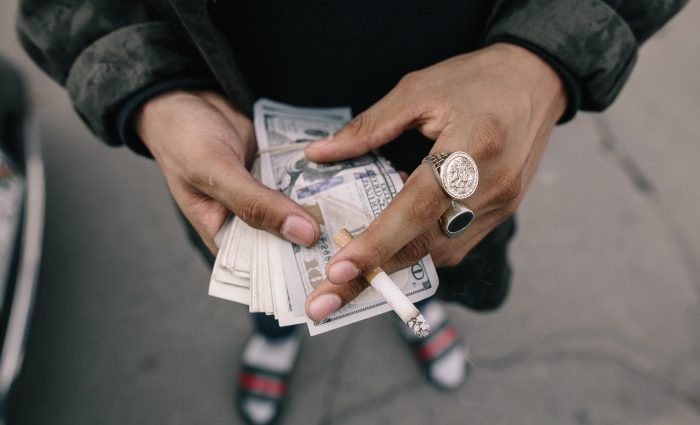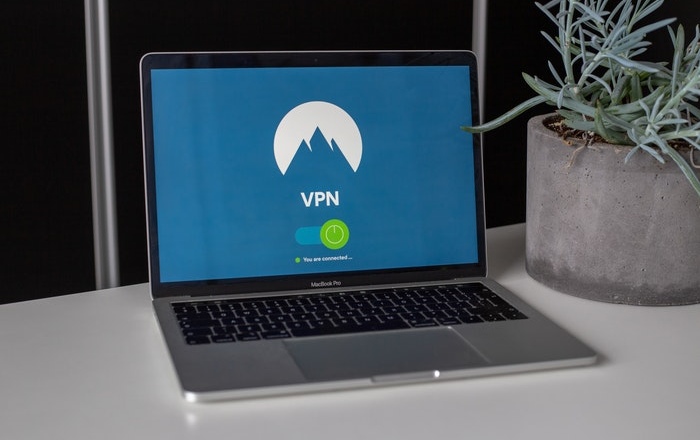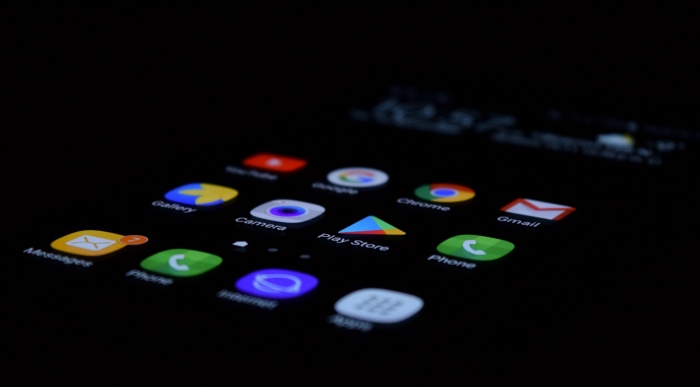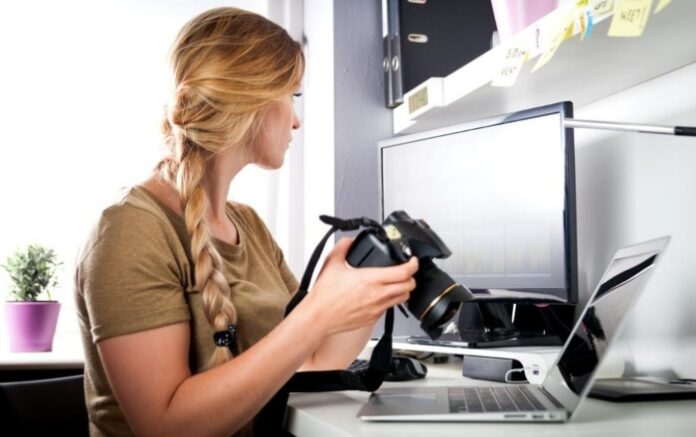Many photographers dream of a home photography studio. As ideal as it may sound, a lot of people feel intimidated and discouraged by steep costs. They want the convenience and freedom of a home studio, but do not want to break the bank.
On top of the price, setting up a photography studio at home also brings up a lot of questions: Where do you start? What studio equipment for photography do you need? How do you know what equipment is best for your photo goals and space?
In this article, we will address these concerns and any worries you may have about the finances of a photo studio at home. We will also take a look at the required equipment.
Commercial vs. Personal Use of a Home Photography Studio
The reason for setting up a studio likely falls under one or both of these categories: commercial use and personal use. Commercial use is running a photography studio as your home business. People can hire you to photograph them, visit your home studio, and pay for your services. To succeed at commercial photography, you need to advertise your services and photographer studio through social media, word of mouth, or posts on freelance sites. Commercial photography includes professional headshots, marketing images, and product shots for a business website or social media.
For personal use, you’re likely pursuing photography for artistic purposes or as a side hobby. Your intention is not to make money from your photos, but to explore photography as an art form within your own room. Examples of photography for personal use include portraits and still lifes. Whichever route you go, commercial or personal, you can edit and optimize your photos using an upscale image online tool.
Necessary Equipment for Home Photography Studio
Regardless of the size of your room, every photographer needs a few basic pieces of equipment in order to produce a high-quality image that is well-lit and well-positioned. The following is a list of the required equipment.
Lighting Equipment
First and foremost, you’ll need quality photo studio lighting. “Modifiers” are lighting devices that control the direction, intensity of the flash, and spread of the lighting. There are three basic types:
- Scrims: a flat-screen made of steel or fabric that is portable and most commonly used by professionals for a contained flash
- Softboxes: act almost like a spotlight by focusing the light and flash on a portrait
- Umbrellas: create a soft light that emulates natural light and is great for a portrait or marketing/product photo
Camera Tripod
A camera tripod is another must-have because it’s crucial to maintain a consistent angle, perspective, and eliminate motion blur from shakiness. Tripods also make photographing much easier because you can adjust your portrait model or object without having to lug your camera to where they are. Simply return it to its original location.
There are various types of camera tripods, including those with different heads, such as pan and tilt, ball, and gimbal. There are also different sizes and thus, portability quality, such as tabletop or life-size. There are even different materials that the tripod can be made of, like wood, aluminum, and carbon fiber. Fortunately, you won’t have to worry much about portability since it’ll probably stay inside the room. Your decision may ultimately come down to preference.
Backdrop
The background can make or break a photo, especially if it’s an overly distracting backdrop. If you’re on a budget, bedsheets or curtains work great as a solid (or even patterned) backdrop. Of course, you’ll want to iron the background material out, so it’s not super wrinkled in your photo. Still, a little bit of creasing can create a nice texture.
If you plan to buy a backdrop, you can find relatively affordable ones online. They can be made of light cotton or muslin. The photo doesn’t have to be monochromatic. A patterned backdrop can have a very fun feel and transport viewers to a new location, whether it’s exotic, floral, polka dot, striped, or another type of background.
Optional Props
Unlike the previous three types of studio equipment for photography, props are not crucial to your photography studio. Still, they can indeed enhance an image and make it more creative. Props can include mirrors, stools, plants, portrait frames, and so on. For example, you can create incredible light effects or reflections in your photo by using a mirror, propping up your item with a stool or pedestal, or curating a unique atmosphere with greenery or patterned background.
Realistic Budget for Creating a Home Photography Studio
The budget for setting up your home photography studio will vary from person to person, depending on the space’s size, goals, photo genre, and skill level. If photography is a rather casual hobby for you, stay on the less expensive side. You can get away with spending a couple of hundred dollars on the items mentioned above. There are even home studio photography kits that you can find online!
If you’re a professional or doing commercial home photo shoots, consider investing in pricier equipment that will be durable and produce spotless images. Some successful photographers spend thousands of dollars setting up and furnishing their home studios with multiple light fixtures, camera tripods, a photo background, and more.
Wrapping It Up
Launching a home photography studio is a significant step in your life. It can make things more convenient for you, since you won’t have to leave your home. It can also be fun and exciting to get the different equipment and personalize your buys based on your photography goals.
Admittedly, the whole process from start to finish can be pretty stressful because you may not know exactly what you need or how much to budget. When in doubt, turn to other photographers with home studios for their advice. There are plenty of discussion forums and blog posts on the subject (like this one!). Once you have the equipment you need, don’t be afraid to experiment. Move things around and fix everything that doesn’t work. It’s time to make that dream home photography studio a reality!
Readers Might Also Like:
 How Much Do Artists Really Get Paid For Streams – A Financial Breakdown
How Much Do Artists Really Get Paid For Streams – A Financial Breakdown
 Why A VPN Might Be What You Need For Internet Security Protection
Why A VPN Might Be What You Need For Internet Security Protection

Features You Didn’t Know Your iPhone 13 Pro Max Had These Essential Apps Will Make Your Life Easier & Help You Save Money
These Essential Apps Will Make Your Life Easier & Help You Save Money

